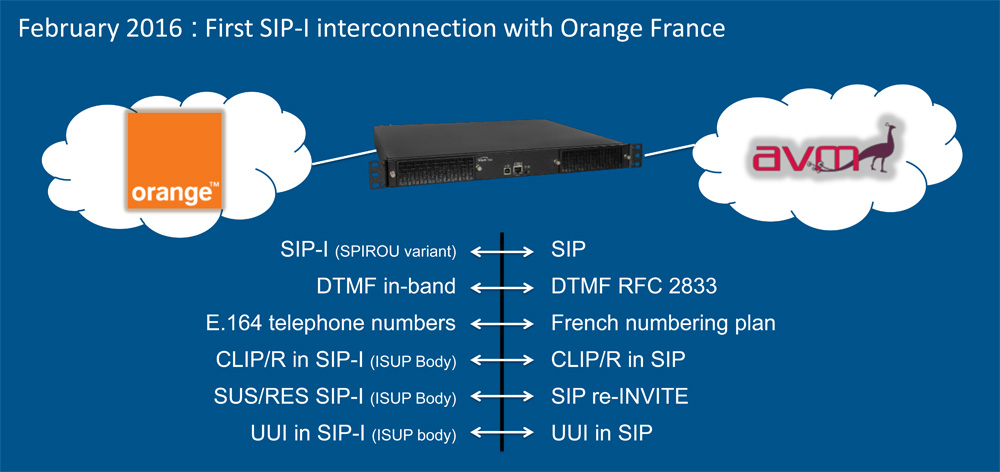
One of the advantages of the TelcoBridges Tsbc session border controller is the way we handle SIP-I to SIP communications with our proprietary technology. We asked Sylvain, one of our engineers, to explain.
Q: How does the Tsbc handle SIP-I to SIP?
A: First we need to understand that SIP-I was defined to relay ISUP messages over SIP. And simply that, take the ISUP metadata from the ISUP call or messages and relay those transparently over SIP. That’s SIP-I. When we go from SIP-I to SIP it’s not only about relaying messages anymore, it’s about offering the services these messages are being sent for, so for example, if we receive on the SIP-I side an ISUP message within the ISUP body to suspend a call we cannot relay this message blindly, we have to act upon it, we need to change the call flow in this case, we need to reinvite the peer. So that’s an example of how to transpose services from SIP-I to SIP. That’s what we do, we don’t simply, blindly relay the messages from the SIP-I side to the SIP, we transpose the service, we act on these messages so that we aren’t a simple gateway relaying messages, but a real border element where we control each side of the communication.
Learn more about our carrier grade SBC solutions here.
Learn more about our carrier grade Tsbc’s here.
